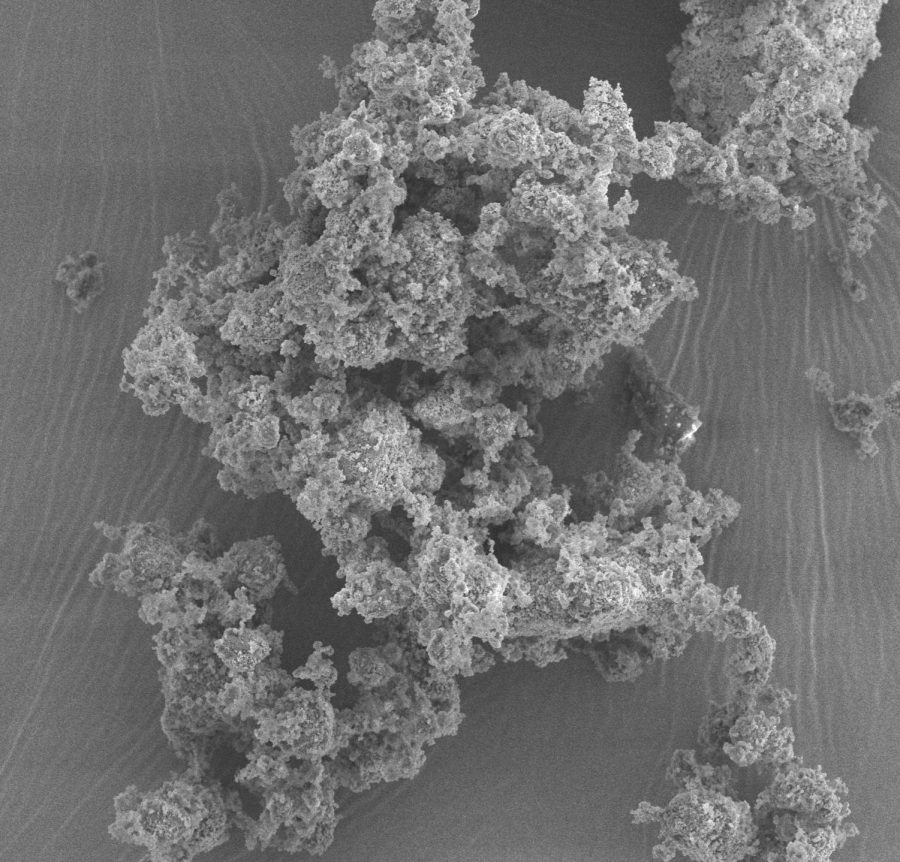Bioglass could become alternative material for dental fillings, according to Oregon State University researchers
February 2, 2016
With millions of tooth fillings done every year, Oregon State University researchers may have found an alternative material called “bioactive” glass in dental fillings and due to its ability to reduce bacterial penetration into a tooth and potentially increase the longevity of fillings.
The U.S. National Institutes of Health estimates that more than 122 million tooth restorations are placed in the U.S. annually with a failure rate of up to 15 percent a year.
Bioactive glass was invented in the 1970’s and is a class of glass that was originally discovered through bone research. The glass has the unique property that bones will recognize it and bond to it. Bioactive glass is different from materials that are bioinert which the body ignores. Since the bone responds to it, it can be used as a filler material if a person has lost bone. The bone will heal and absorb the material into the body, replacing it with real bone.
“Traditionally nobody looked at it at all for dentistry and only looked at it for orthopedics and bone healing, but now there is a lot of interest in this for dentistry,” Professor Jamie Kruzic said.
The project for Oregon State University, according to Kruzic, was to simulate the environment of the mouth including mechanical forces from chewing and living bacteria actively trying to create tooth decay.
“We created a test apparatus in our lab to try and recreate these conditions and show that these bioactive composites could slow down the secondary tooth decay process” Kruzic said.
According to Kruzic’s research, the bioactive glass samples had a significantly reduced bacterial penetration — up to 39 percent more than traditional composites.
“So in a lab setting, we showed there is a benefit. The question remains, will this have a benefit in a real person’s mouth?” Kruzic said.
According to Kruzic and the researchers, the bacteria in the human mouth typically avoid the bioactive glass resins, giving the substance an antimicrobial property,
“While your bone loves the stuff, bacteria — in your mouth at least don’t,” Kruzic said.
This is different from how bioactive glass is treated in bone. This property is unique to bioactive glass; unlike the bioinert tooth filling composites currently in use and mercury amalgam fillings of the past.
“Fillings last somewhere between three to ten years, depending on who put them in,” said Dr. B.C. Nelson, who has been practicing dentistry for 26 years and has owned his own practice for 20 years. “With proper care and technique during the procedure they can last many years.”
According to Nelson there are two major types of fillings — a filling on the chewing surface is called a class one filling and a filling in between teeth is called class two.
“I use bioactive glass exclusively for class one fillings,” said Nelson.
According to Nelson, the bioactive glass is not durable enough for all class 2 fillings as they often require structural repair, but the antimicrobial property is very beneficial.
Oregon State University’s involvement in this research is thanks to Kruzic who has been a part of the research team investigating bioactive glass since its formation. According to Kruzic the research began in 2010 and has made three major publications. The most current publication focused on the bacterial penetration into composite fillings using bioactive glass and was recently published in the January 2016 issue of the Dental Materials journal.
This work was done in collaboration with researchers from the School of Dentistry at OHSU and the College of Dental Medicine at Midwestern University with three publications in Dental Materials Journal from 2010-2016.
























































































































